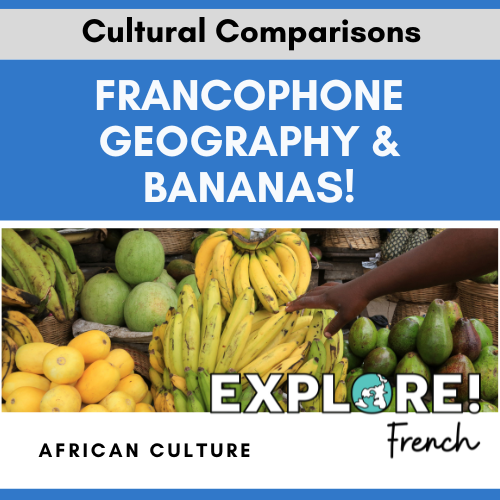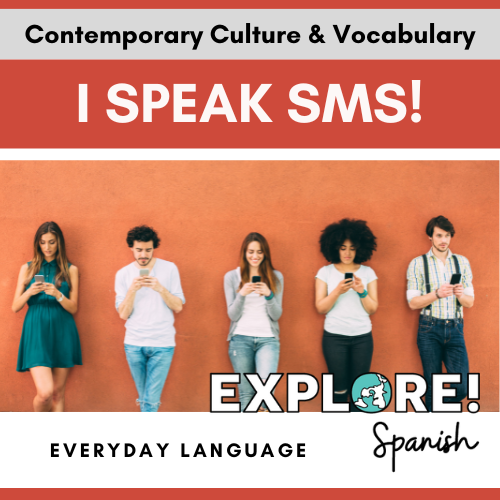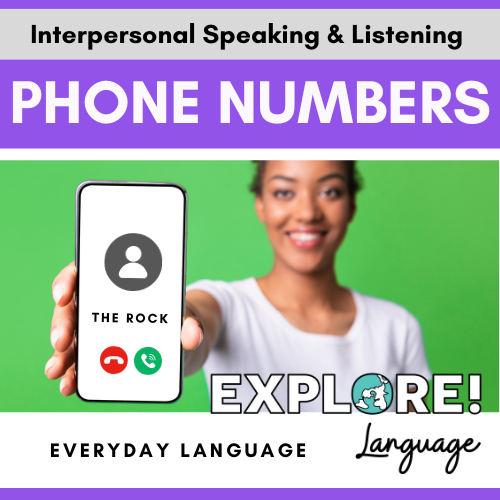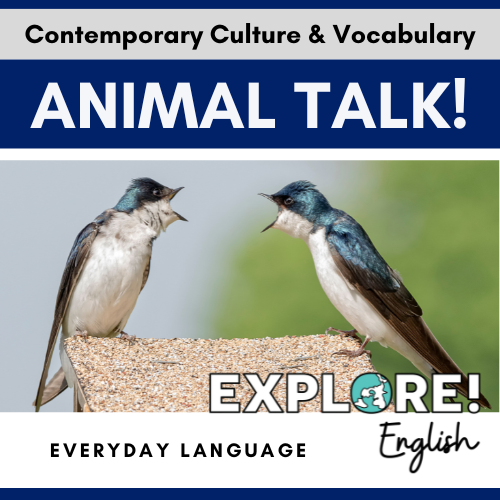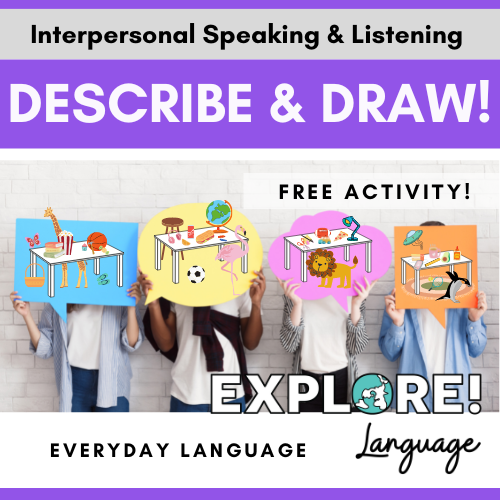Engaging, Fun Lessons for Before Breaks
Ideas to use before breaks, after testing, and other times when it’s hard to teach
It’s the witching hour. Standardized testing is over, and you still have three more days of class. Or maybe the kids spent all morning taking the ACT and now their brains are fried. Or maybe you’re missing half your students on a field trip and have been instructed to teach the other half something that is meaningful, rigorous, and that the absent students don’t need to make up. Or maybe it’s just the last day before a week-long break, and the kids are done.
These are great days to do what I call “appetizer lessons”; light, tasty, stand-alone activities that are fun but still have curricular value. I’ve developed a menu of such activities for my students, and I cycle through them on days when heavy instruction is out.
My appetizer lessons fall into four broad categories: art, music, food, and culture. Here are a few of my favorites:
Art activities
Painting: Give students watercolors (which are inexpensive and not too messy) and ask them to replicate a famous painting from the target culture or to create a work in a given genre.
Weaving: Most target cultures have examples of weaving, and many kids have never done it. Share a video about weaving (such as this one for French or this one for Spanish) and then invite kids to try weaving a paper placemat or a small basket using a paper plate and yarn.
Stem Architecture Challenge: Use mini-marshmallows and toothpicks to replicate famous sites from the target culture. This works best if the marshmallows are stale!
Mosaics: Use squares of paper or borrow pattern blocks from the math department to replicate mosaics from the target culture. Or, check out my low-prep lesson on Moroccan mosaics (which connects to French, Spanish, or Arabic classes!)
Papel Picado for Spanish classes. There are lots of online tutorials for making this beautiful traditional Mexican craft.
For French teachers, my lessons on Housing and Moroccan Mosaics are ideal appetizer lessons. Use them on days when regular instruction isn’t really going to happen.
Music Activities
Most students are interested in pop music, so target-language pop songs have a lot of potential for high-interest stand-alone lessons.
Sequencing Lyrics: Print the lyrics of your selected song, chop them apart, and give pairs of students the packet. First have students identify any words they recognize, and discuss this as a class. Then play the song for students and ask them to sequence the lyrics as they listen. If you trust your kids not to use subtitles, you can give them the song link, or you can just control it with the full class. For lower proficiency levels you can just sequence a clip of the song, while more advanced students can handle a longer portion.
My favorite song to sequence for novice speakers is the theme song from Disney’s “Phineas and Ferb”. It has a ton of high-interest vocabulary (e.g., fighting a mummy, Frankenstein’s brain) and a lot of students know it in English, making the target language version a unique and interesting challenge.
Interpretive reading: Artists’ bios: Visit the target language Wikipedia pages for great comprehensible input about your students’ favorite singers (or about any celebrity, really). The box on the top right of each biography gives fast facts that provide easy-to-interpret information for novice learners. Kids could then fill out a form about the famous person (create your own or purchase mine for French or Spanish!)
There are a lot of other fun activities to do with target language music. Check out my blogs on music instruction for more ideas!
Food Lessons
What student doesn’t love to eat? These food-focused lessons are perfect for turning a less-than-focused school day in to a memorable cultural experience.
Food tastings: What is your target culture known for? Chocolate? Coffee? Cheese? Tea? Noodles? Tropical fruit? Whatever it is, let your students try it out! As they sample these representative products, teach some target language vocabulary for each item. Have students write each food word on a list in the target language, and then rate each item. For novice proficiency levels, kids can simply rate how much they like the sample using phrases like, “it’s disgusting”, “I don’t like it much” “It’s OK”, “I like it a little bit” “I love it”. At higher proficiency levels, students can learn more nuanced vocabulary for flavor, texture, shape, and other qualities of the food.
For all students, this is a great chance to talk about how to politely express when you dislike food. Some students have never been taught to use softer phrases like, “It’s not my favorite” or “I don’t care for it” rather than “Ewww! That’s NASTY!”. Showing students how to be polite and to think of others is an important lesson for operating in every culture – including their own!
My Unit Slideshows about Opinions on Food include a food tasting activity with editable student handouts. They are available in French, Spanish, English, and Chinese.
Geography and Bananas!: This lesson introduces students to the many different banana varieties through a target language (French or Spanish) listening activity. Then, students learn about the fatal fungus that is threatening banana production worldwide, and potential solutions to this threat. Complete this lesson on global connections by inviting students to sample several types of bananas and (if you wish) cooking a delicious plantain on an electric griddle. This is a great segue into another favorite ‘hors d’oeuvre’ activity, cooking!
Cooking: I love cooking with students, and for many kids this is a highlight of our class. I’ve blogged extensively about both the logistics and specific recipes you can make with students, so check out these links:
Five Challenges to Cooking With Students
Making Chocolate With French Students
Recipes You Can Use in French Class
Recipes You Can Use in Spanish Class
Easy Cold Tapas to Make in Spanish
Culture Lessons
I always save a few fun cultural activities for non-learning-friendly school days. Here are a few of my go-tos:
JetPunk geography challenges: I’ve written about this before, but if you haven’t tried the trivia website Jetpunk.com, you must. It’s free, requires no account, and is unblocked by most school districts. With middle schoolers, I usually start by the “Seven Continents Map Quiz” followed by a map quiz for the continent we’re studying. I’ll give students a specific number of countries they must correctly label to win candy. There are also trivia challenges in several languages other than English. Check it out – you might get addicted!
My Everyday Language product line. These are stand-alone lessons on current language use topics, available in French, Spanish, English, and Portuguese. including:
Play a Common Target Language game: For French students, we go into the school courtyard and play pétanque (using bocce balls from Wal-Mart!) I also give my students sidewalk chalk and encourage them to try escargot (a French version of hopscotch; read more here). Whatever kids in your target culture like to play, invite your students to give it a try!
So, those are my ideas. Like I mentioned before, they’re light, mostly low-prep, and highly engaging. Most importantly, they turn days I used to dread into some of my favorite days of the school year.
How do you engage students on hard-to-teach days? Share your favorite idea in the comments!






